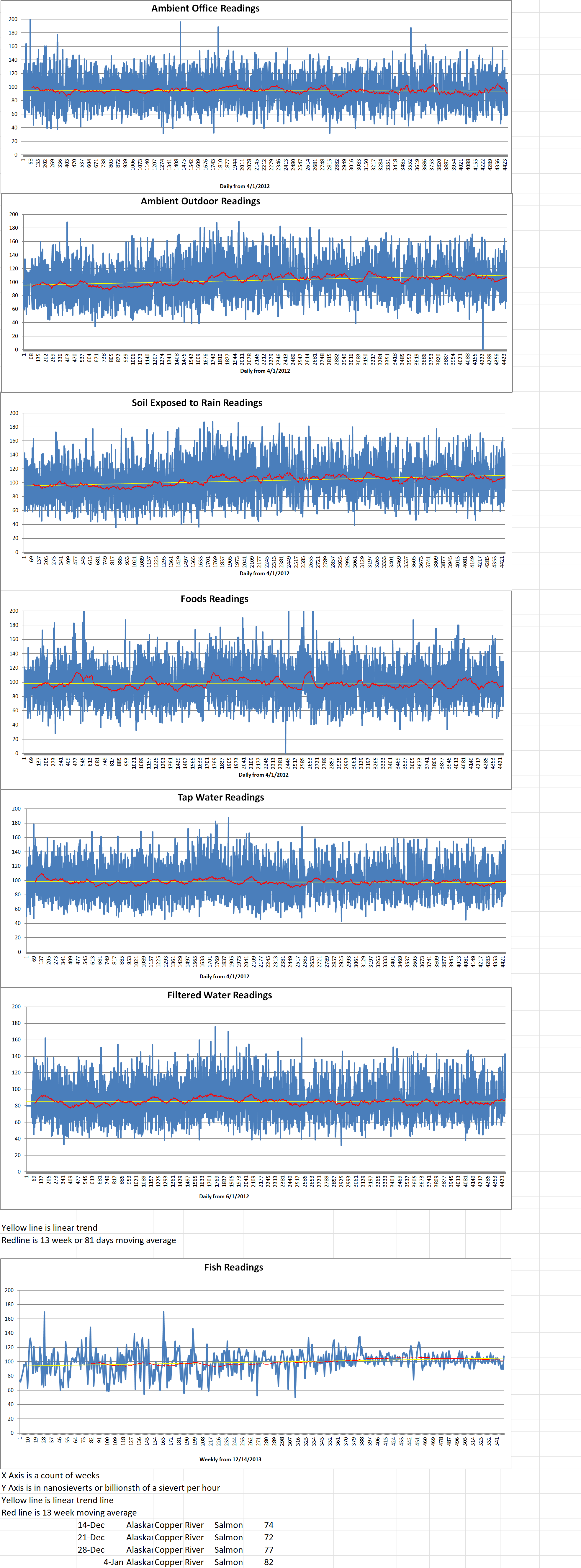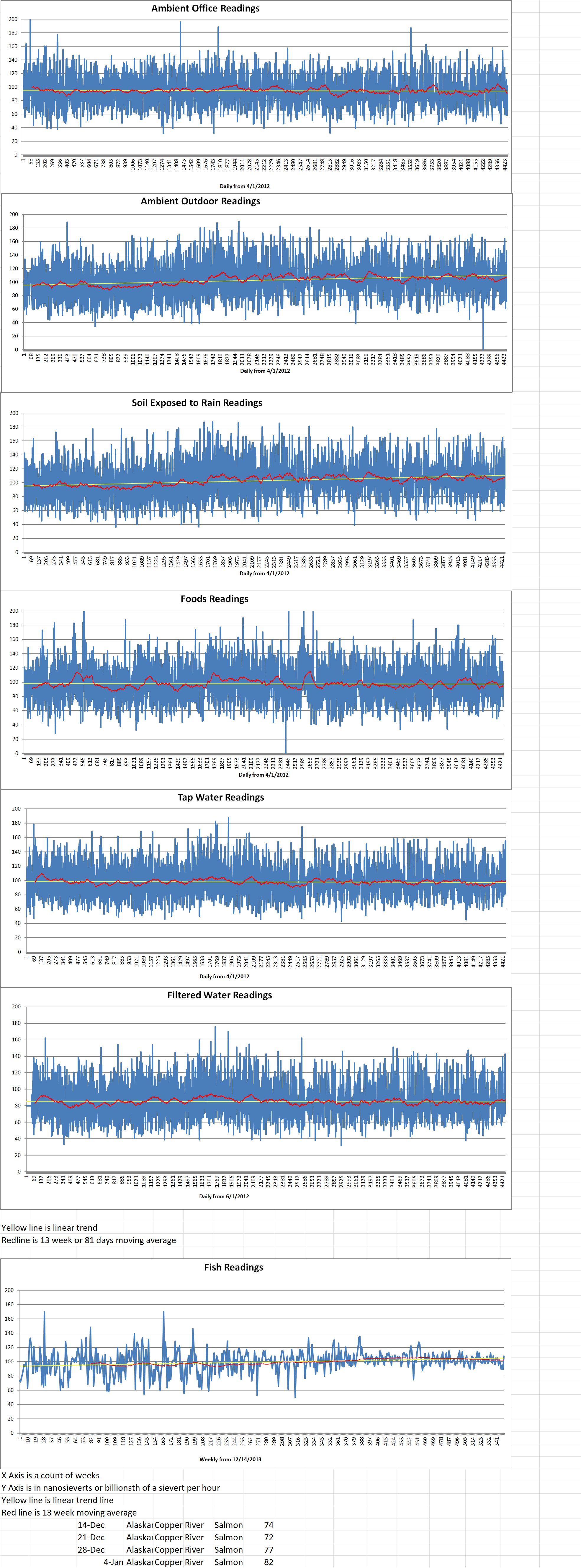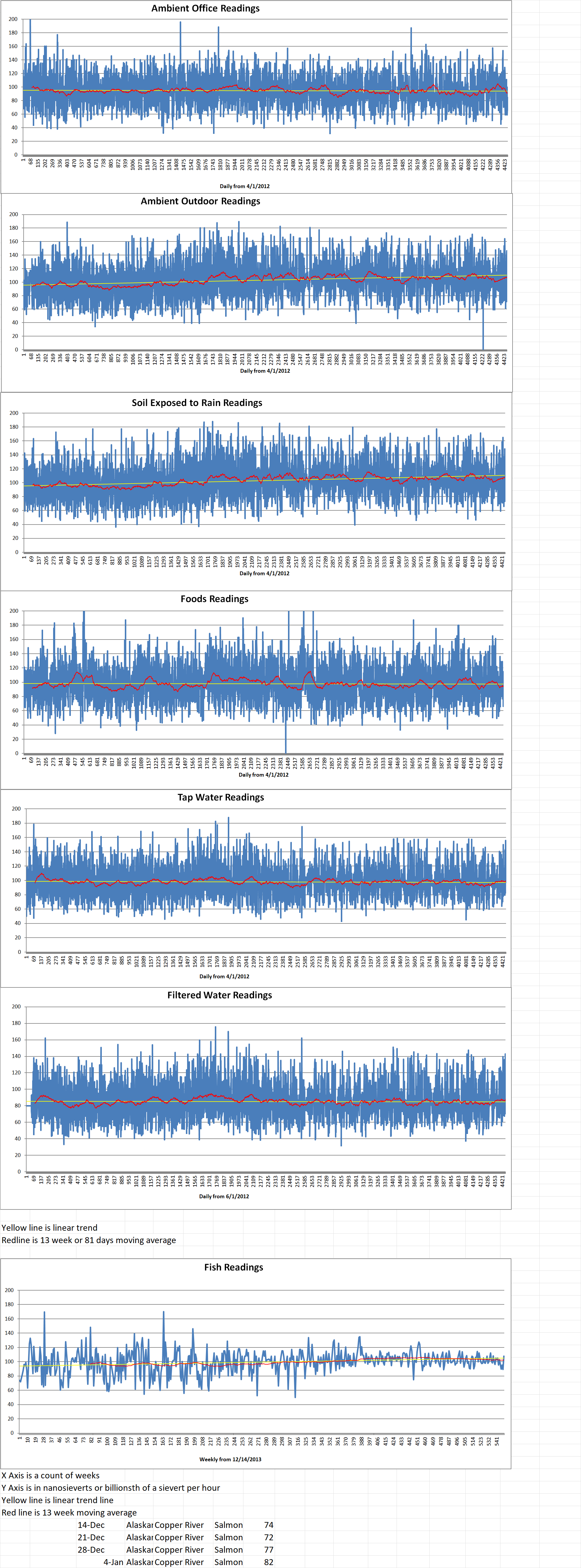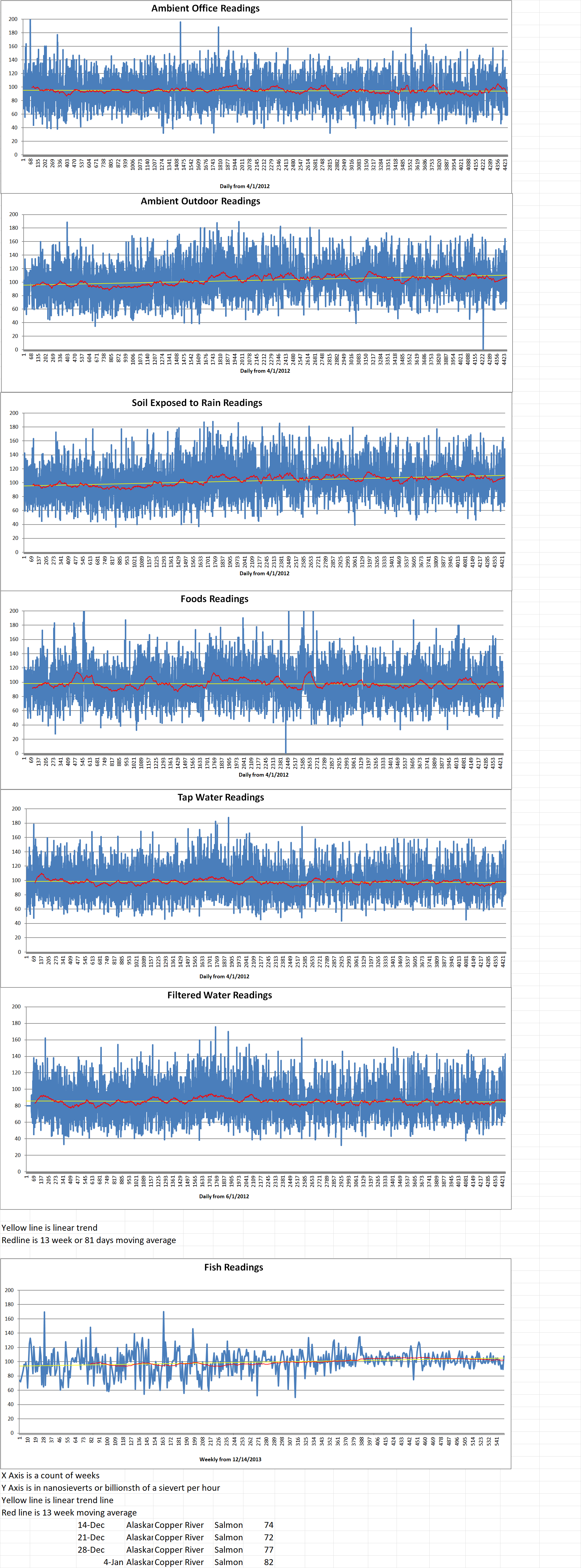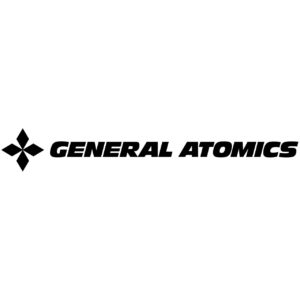Laser Photonics Corporation (LPC) is a leading global developer of industrial laser systems for cleaning and other material processing applications. LPC announced today that it received an order from the Cooper Nuclear Station (CNS) which is Nebraska’s largest single-unit generator providing clean and reliable electricity.
LPC went on to say that “It is serving a growing number of clients in the nuclear energy sector, and is thrilled that Cooper Nuclear entrusted it to provide its team with innovative laser-powered equipment.
John Armstrong is the Executive Vice President of Laser Photonics. He said, “Laser cleaning technology is rapidly gaining ground as a highly effective alternative to hazardous surface preparation methods.”
In laser cleaning, a high-energy laser beam is used to ablate (break molecular bonds and vaporize) unwanted material, be it contaminants or coatings on a surface. The LPC technology can effectively remove corrosion, coatings, paint, and other substances without damaging the underlying substrate. This laser process is non-contact, controlled, and precise, allowing for the selective removal of unwanted layers. Laser cleaning is being widely adopted as professionals in various industries discover the benefits of this technology. Laser Photonics designs laser cleaning tools in-house. It offers its clients turnkey and custom-tailored solutions that replace outdated and harmful industrial cleaning processes.
LPC’s CleanTech laser cleaning technology transforms surface preparation across numerous industries. It helps preserve vintage vehicles, maintain critical infrastructural elements, restore historical artifacts, recommission military equipment, and stop corrosive deterioration on boats.
The CleanTech CR-3010 that was purchased by CNS, is a commercial-grade handheld continuous wave fiber laser machine for surface preparation. It effectively removes contaminants and coatings off a variety of surfaces during maintenance and production processes. It has demonstrated its capability to blast off radioactive particles along with unwanted material. Combined with a fume extractor, the system turns into an irreplaceable power tool for the regular maintenance of equipment and infrastructure.
CNS is operated by the Nebraska Public Power District (NPPD). It plans to use the CleanTech CR-3010 for paint and rust removal in the pre-weld preparation of valves, pipes and steel plates.
Laser ablation is an eco-friendly surface preparation method for businesses who want to reduce their ecological impact. It does not involve the use of hazardous consumables and generates minimal secondary waste. LPC technology continues to be adopted in the nuclear industry and others industries as companies worldwide advance toward their sustainability goals.
Laser Photonics is a vertically integrated manufacturer and research and development center for industrial laser technologies and systems. Laser Photonics seeks to disrupt the forty-six billion dollars, centuries-old sand and abrasives blasting markets by focusing on surface cleaning, rust removal, corrosion control, de-painting and other laser-based industrial applications. Laser Photonics’ new generation of leading-edge laser blasting technologies and equipment also deals with the numerous health, safety, environmental and regulatory issues associated with the old methods. As a result, Laser Photonics has quickly gained a reputation as an industry leader in industrial laser systems. It is a brand that stands for quality, technology and product innovation. World-renowned and Fortune 500 manufacturers in the aerospace, automotive, defense, energy, maritime, nuclear and space industries are using Laser Photonics’ “unique-to-industry” systems. For more information, visit Laser Photonics.

